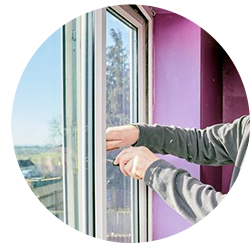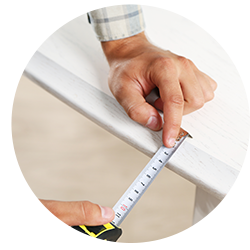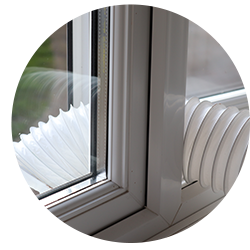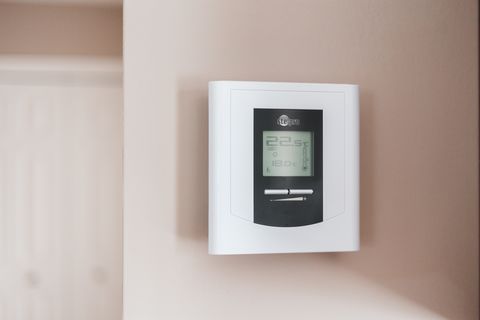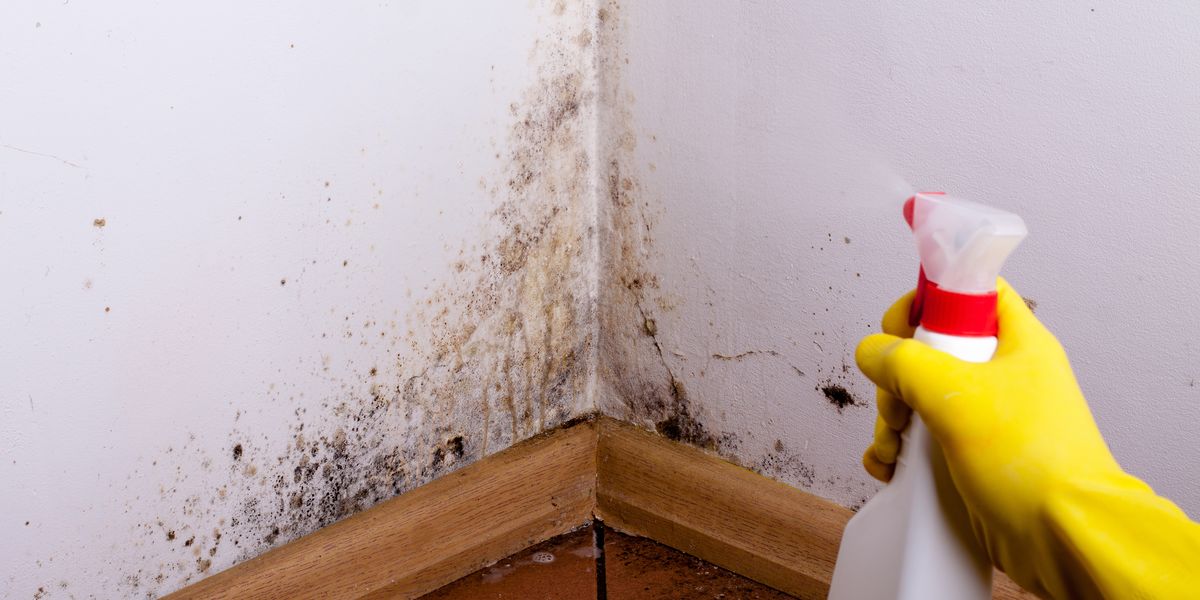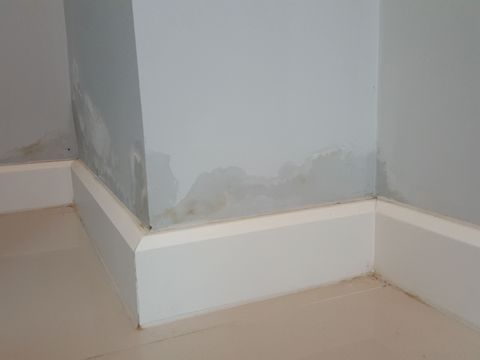Getting help with energy costs
If you’re struggling to pay your energy bills or are concerned you may not be able to cover your housing costs, get in touch – Connexus can help. Our teams can:
Provide support on guidance on what benefits you may be eligible for
Agree payment plans and if necessary, try and get access to emergency funding, refer you for specialist energy advice from Marches Energy Agency and other organisations who can help.
To get help email us at hello@connexus-group.co.uk or call 03332 31 32 33. You can also find out more about the support we offer on link below.


